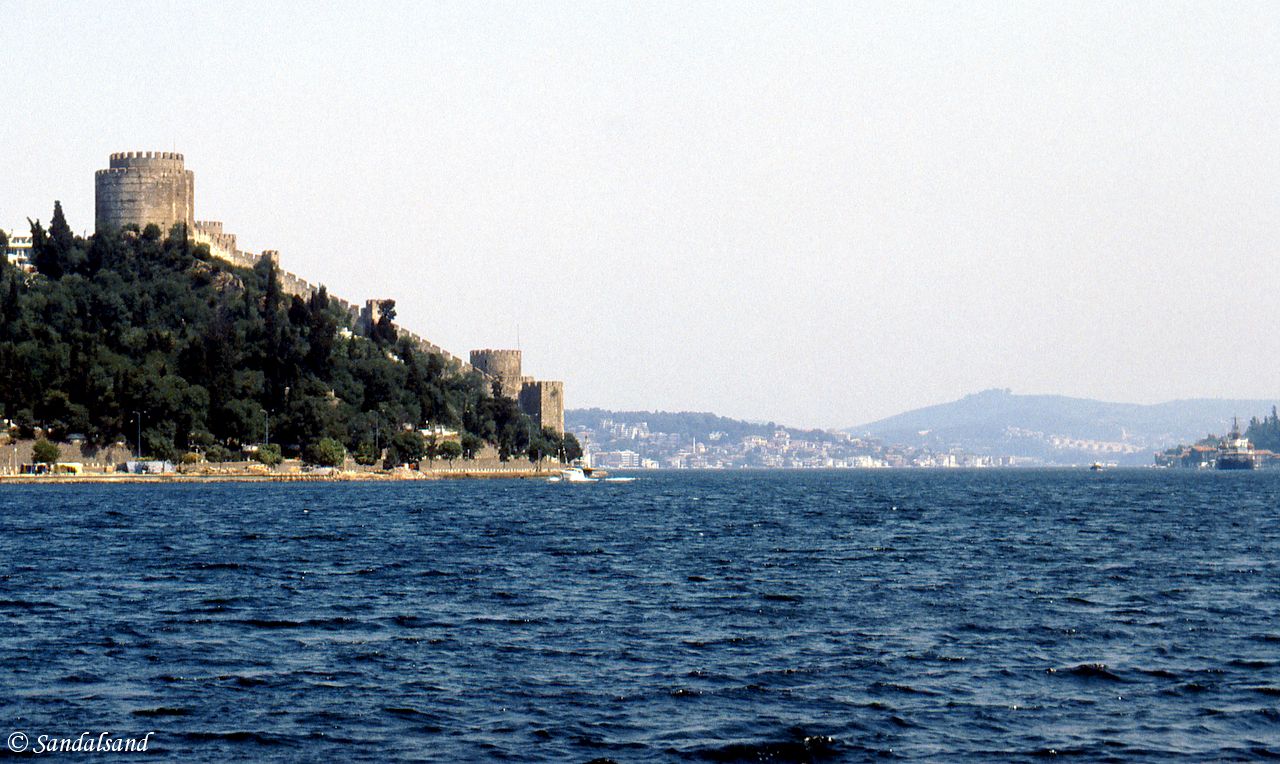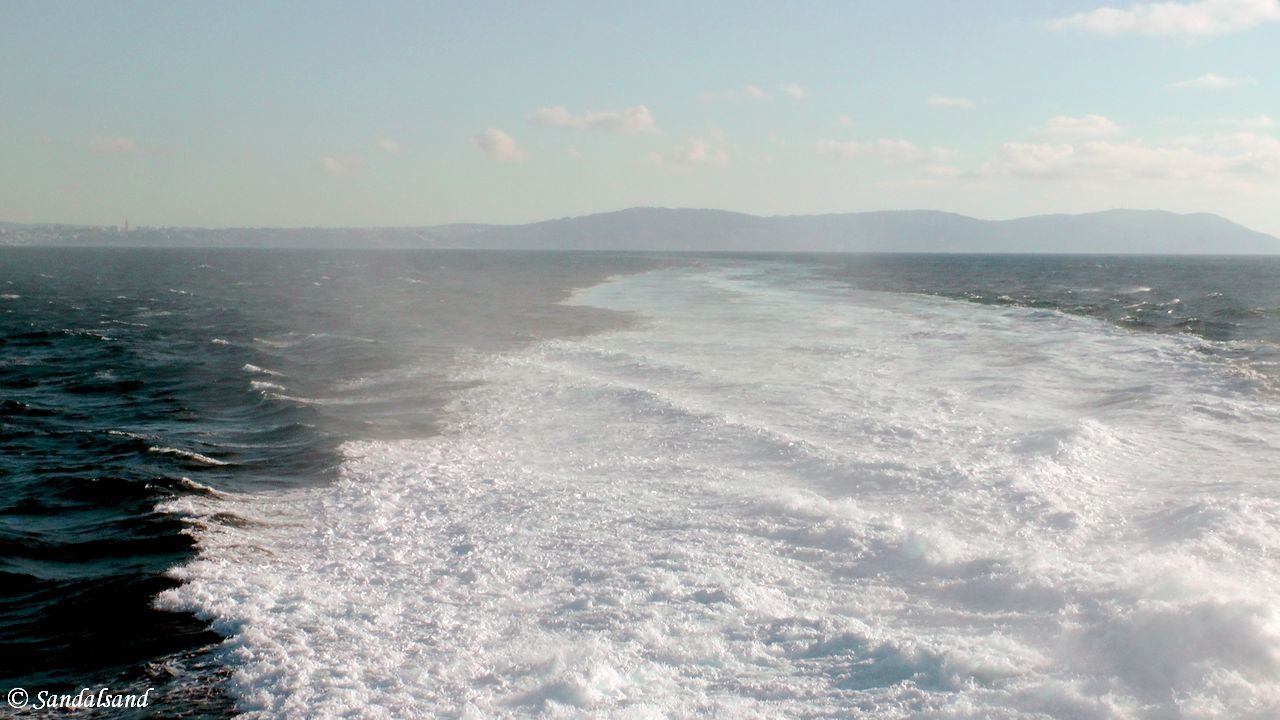Let us visit 5 important straits. I have been exploring various aspects of nature with regard to the four classic elements. A strait represents a combination of Earth and Water, and they have played an important part throughout the history of mankind.
Introduction
This post is part of a series portraying the classic Elements of Nature: Earth, Fire, Water, Air. Straits are examples of the third element, Water.
A strait, sound or channel may all be defined as a relatively narrow body of water connecting two larger bodies of water. In other words they are water passages between two land masses with the open sea at both ends. A fjord is just about the same, but there is no sea connection at one of the fjord’s ends. Read about fjords here.
Such passageways may play and have played a significant role in naval history. The following is a selection of particularly interesting sites I have had the privilege to visit.
My selection
1. The Strait of Gibraltar
The Pillars of Hercules as it was called in ancient times separates Europe from Africa and the Atlantic Ocean from the Mediterranean Sea. At its narrowest point it is only 14.3 km wide, and its depth is at its shallowest 300 metres. My pictures (the one below and the one on top of this page) where taken while crossing the strait on a fast boat between Tangier in Morocco and Tarifa in Spain.
Strait of Gibraltar towards Africa
2. The Strait of Bosporus
This strait is historically perhaps even more significant than the one at Gibraltar. Being the only entrance to the Black Sea, and the division between Europe and Asia, the strait has for thousands of years played an important part in human history. In fact there are two straits dividing the Mediterranean Sea from the Black Sea. The Bosporus (or Bosphurus) is the northern part of the link, the strait of the Dardanelles is the southern part, and the Sea of Marmara makes the connection between the two.
I went on a boat trip on the Bosporus, passing the bridge between Europe and Asia, as well as the ancient fortifications on the way south. Now let’s continue with the other important straits.

Rumeli Hisar Fortress at the narrowest point of the strait of Bosporus (700 metres wide)
3. The Straits of Johore
Now what is this? This is perhaps not the most significant strait in the world, on the other hand it marks the division between the Eurasian continent to the north (Malaysia) and Singapore in the south. South of the island of Singapore there is another straight called the Singapore Strait, to the west there is the Straits of Malacca. I have unfortunately no image from my crossing from Singapore to Johore.
4. Øresund, Skagerrak and the Danish straits connecting the Baltic Sea to the North Sea.
Guarding the Øresund we find the old Danish castle of Kronborg, a World Heritage Site. Having control of these straits have for centuries been important in European history, and still is. These days there are bridges and ferries crossing the straits. The width at Øresund, pictured below, is 4 km.
A view from inside the old Danish fortress at Helsingør. In the distance is the Øresund.
5. The English Channel
With the exception of the English Channel, I have crossed all of the straits above. I don’t even have a picture of the channel, and very much doubt I will ever shoot one. The reason is that it is now crossed mainly by the Chunnel, the railway line crossing beneath the channel between France and England. For centuries this strait (narrowly defined as the Strait of Dover) has been an important artery in naval history, in wartime and in more peaceful years. At its narrowest point the width is 33.1 km.

View of WW2 D-Day landing beaches south of Port-en-Bessin-Huppain, France
Further reading
That was 5 important straits. Missing anything? For sure, I’ve had to skip some of my images related to this subject and refrained from mentioning some of my visits. Feel free to search this website for more. In addition, you are surely missing famous places or your own favourites. Chances are I haven’t been there, and I only include my own images and visits in this series.
All articles in this series
(1) Introduction
(2-7) Element: Earth
(8) Element: Fire
(9-14) Element: Water


